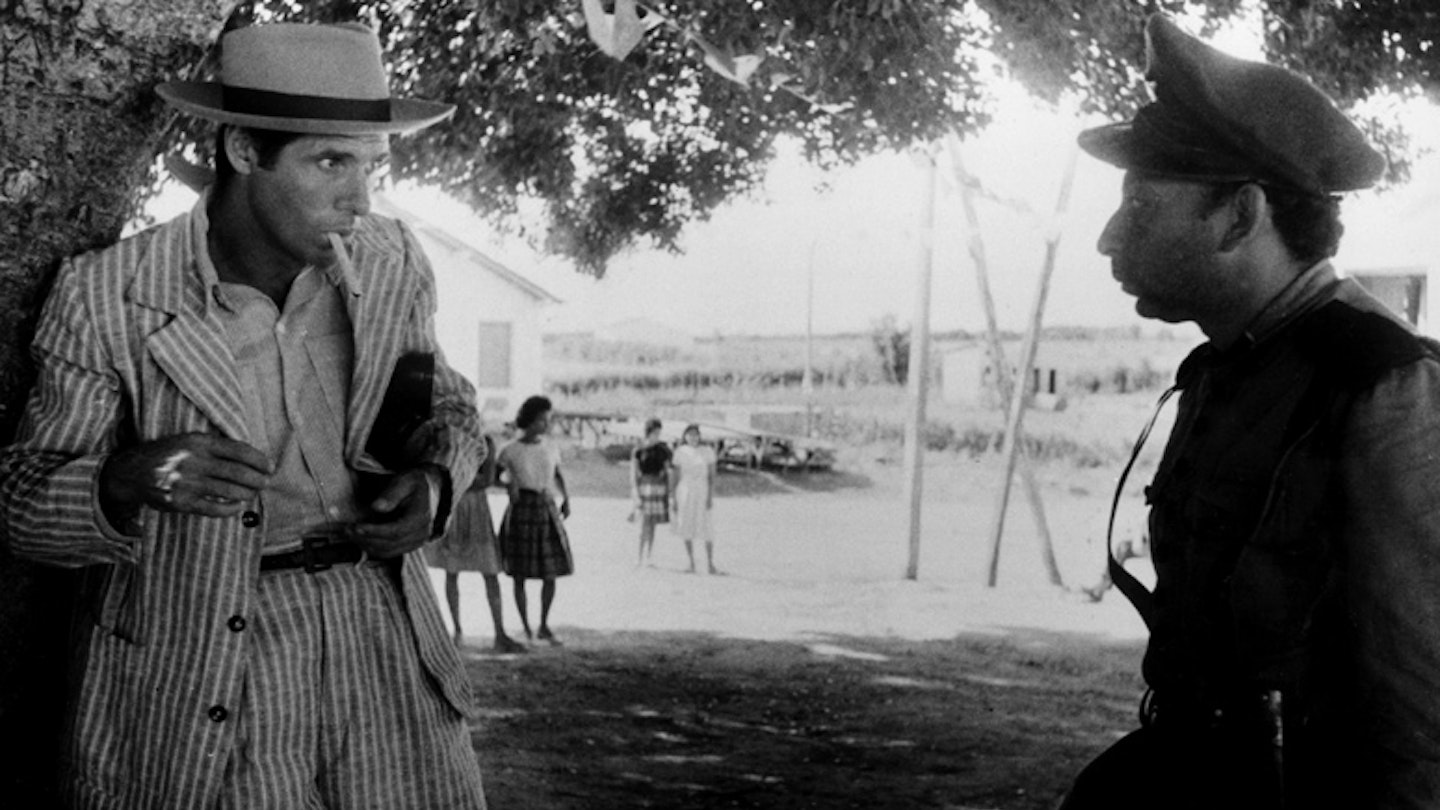Key filmmakers: Glauber Rocha, Carlos Diegues, Ruy Guerra, Nelson Pereira dos Santos, Joaquim Pedro de Andrade
Key dates: 1960-1972
What is it? A big feijoada stew of politics, raw cinematic verve and sheer Brazilian-ness, spiced with a fair helping of agitprop fury, Cinema Novo probably won’t be to all modern tastes. Inspired by Italian neorealism of Rossellini and De Sica, it blasted onto Brazil’s screens in the early 1960s with impassioned social dramas and politicised directors to the fore. Key figures included Nelson Pereira dos Santos, whose semi-documentary Rio 40° was a pre-tremor for the movement in 1955, Ruy Guerra and a twentysomething firebrand by the name of Glauber Rocha. The latter’s penchant for a T-shirt friendly slogan (“The artist's goal is to outrage,” he was fond of saying) translated into Black God, White Devil in 1964, a filmic fireball that featured murder, black magic, baby sacrifice, demented camerawork and a lot of goats.
That schizo-edited drama was just one of the jabs Cinema Novo’s directors aimed at exploitative landlords and uncaring bureaucrats. It came to epitomise what this first flaring of Latin America’s so-called Third Cinema would stand for: movies for the poor, marginalised and unrepresented of the urban favelas and the sertão scrublands against the colonisers and ruling classes. From there, the movement moved from its self-proclaimed “aesthetic of hunger” to a second and third phase that embraced the Brazil’s relationship with tropicalia, kitsch and, thankfully, to a much lesser extent, cannibalism.
What to watch: Barren Lives (1963) (pictured top), Black God, White Devil (1964), The Guns (1964), The Priest And The Girl (1966), Land In Anguish (1967), Antonio Das Mortes (1969), How Tasty Was My Little Frenchman (1971)
What did it influence? Third Cinema directors in Latin America, including Argentines Fernando Solanas and Octavio Getino, as well as filmmakers from further afield like Gillo Pontecorvo. His 1966 black-and-white film The Battle Of Algiers owes a lot to Rocha and co.
Trivia: Luis Buñuel, whose slum-set Los Olvidados has plenty in common with Cinema Novo, described Black God, White Devil as “the most beautiful thing I have seen in a decade”.
What to say: “Uma câmera na mão e uma ideia na cabeça.” (“A camera in the hand and an idea in the head.”)
What not to say: “7-1 to Germany, eh?”
